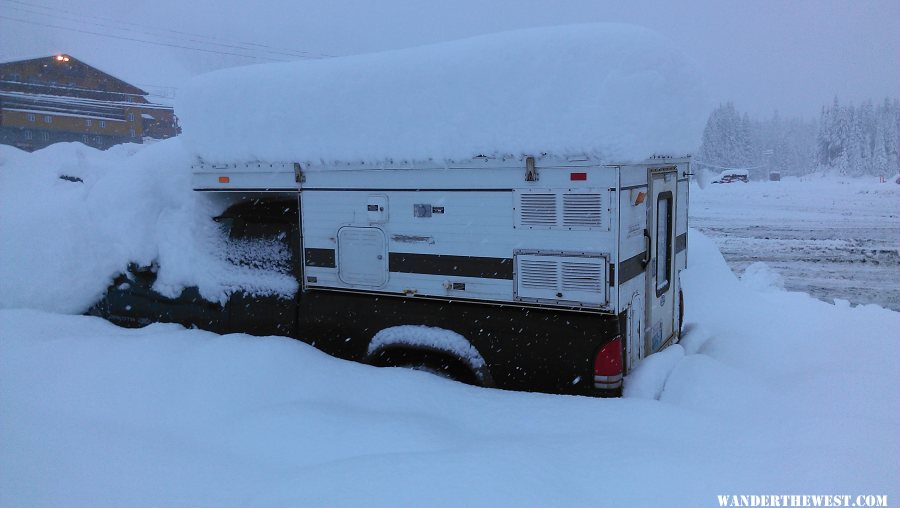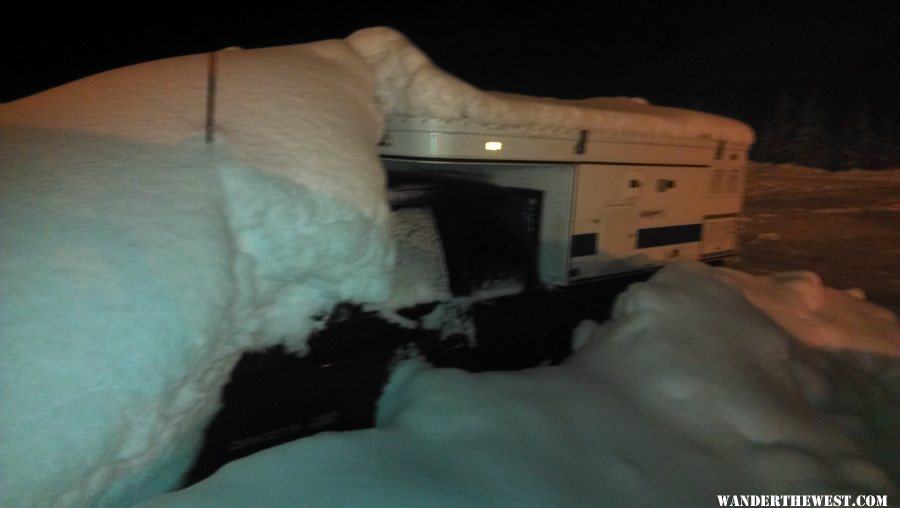Planning a month long ski bum tour our here in Washington, Idaho and Montana in February.
Started seriously walking myself through critical issues with using my 2016 Hawk during extreme weather conditions.
Sooooo, want to glean ideas from those that have used their FWCs under extreme Winter conditions.
When driving: Any issues with ice accumulation? Can snow stick to the top while moving or form ice?
When parked: Does the cold [below zero] stop or inhibit raising or lowering the top?
While skiing and if it is snowing I assume that I will need to return to the Hawk to remove snow load if top is up but what about if top is down?
When parked and unoccupied, should the top be left up or down?
Plumbing will be drained; can't decide if I can use the sink drain or not, probably not due to water in the drain trap and freezing in the drain hose outside rendering it non-functional.
Most locations where I will be skiing do not have electrical hookups [backcountry] so it will be propane furnace only when stopped; I do not leave propane on when moving.
Any experiences that you folks have had under these condition would help me.
Thanks.
Phil
Started seriously walking myself through critical issues with using my 2016 Hawk during extreme weather conditions.
Sooooo, want to glean ideas from those that have used their FWCs under extreme Winter conditions.
When driving: Any issues with ice accumulation? Can snow stick to the top while moving or form ice?
When parked: Does the cold [below zero] stop or inhibit raising or lowering the top?
While skiing and if it is snowing I assume that I will need to return to the Hawk to remove snow load if top is up but what about if top is down?
When parked and unoccupied, should the top be left up or down?
Plumbing will be drained; can't decide if I can use the sink drain or not, probably not due to water in the drain trap and freezing in the drain hose outside rendering it non-functional.
Most locations where I will be skiing do not have electrical hookups [backcountry] so it will be propane furnace only when stopped; I do not leave propane on when moving.
Any experiences that you folks have had under these condition would help me.
Thanks.
Phil


